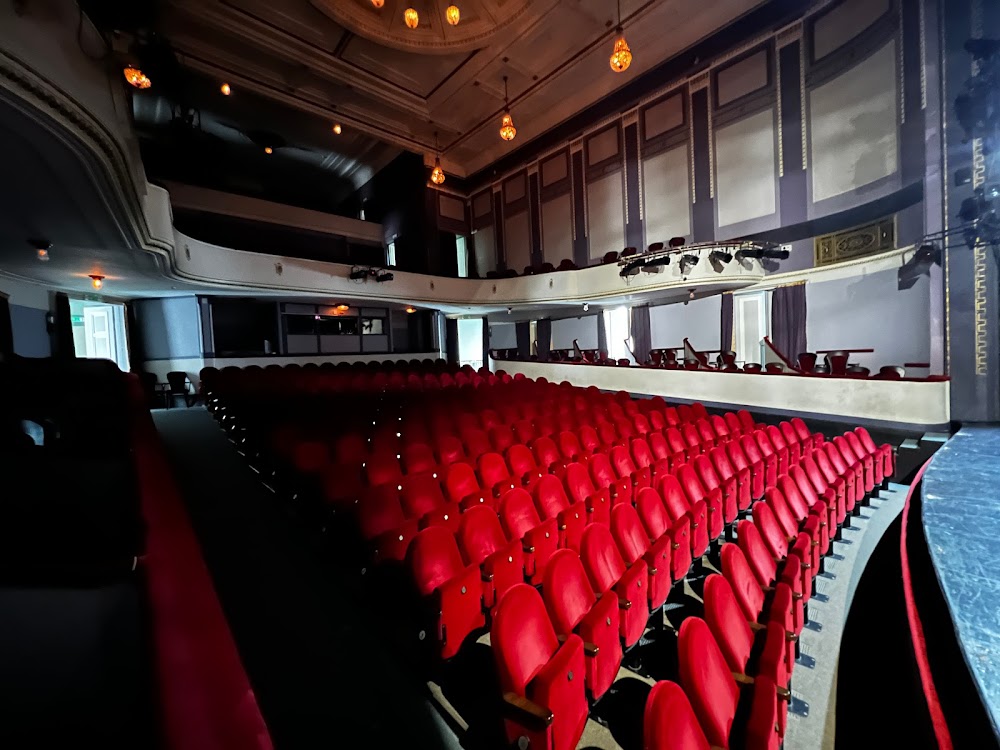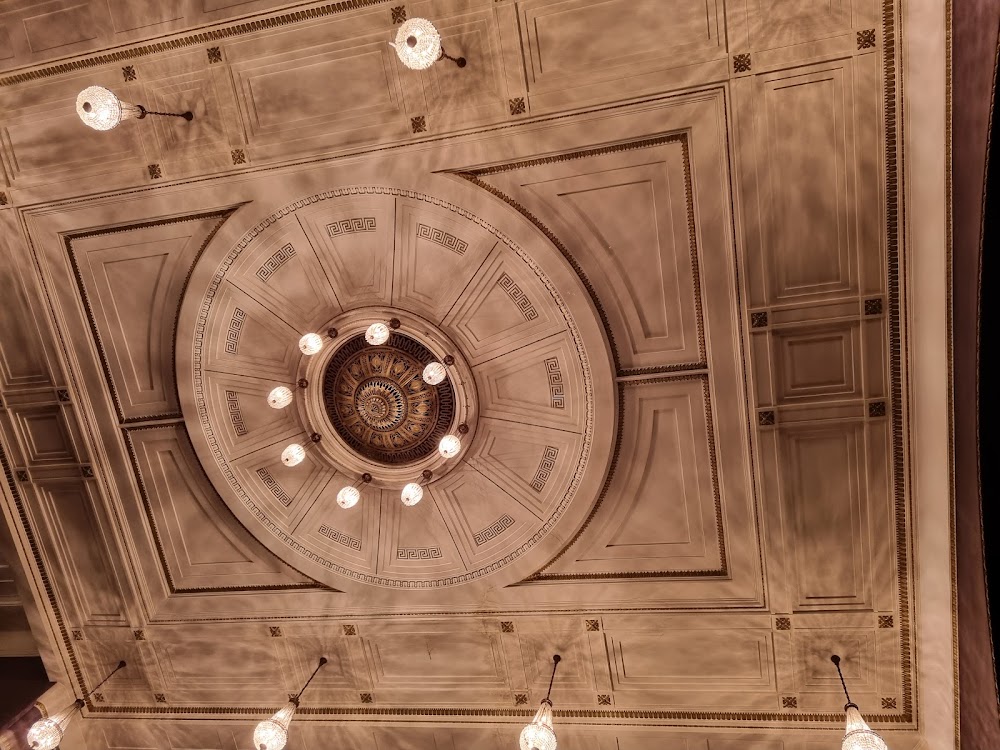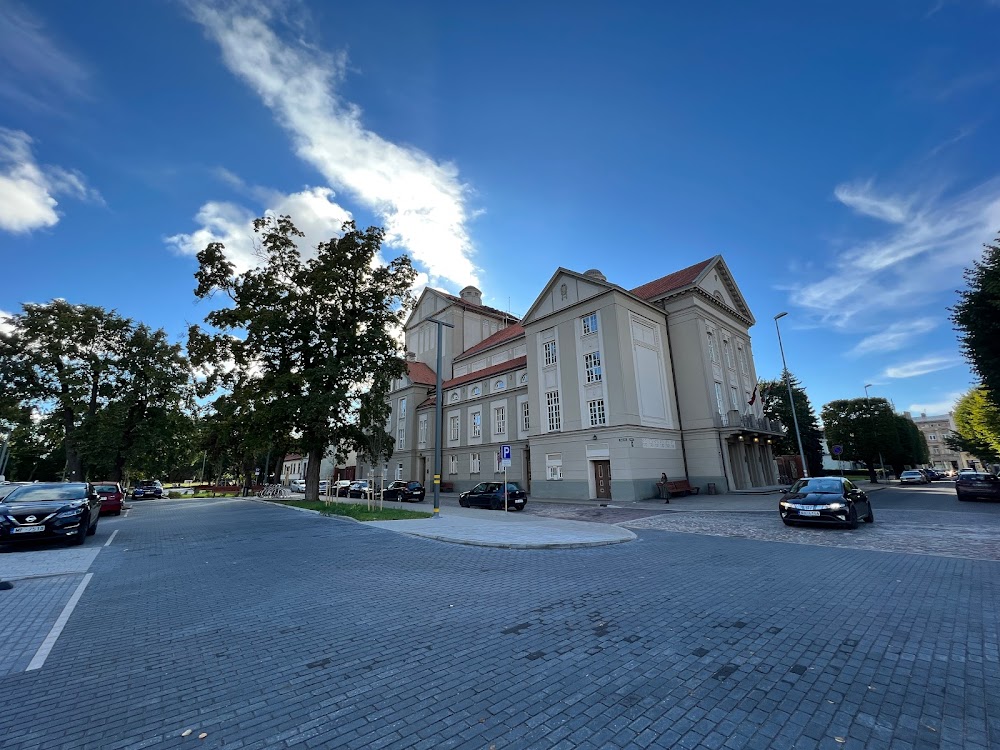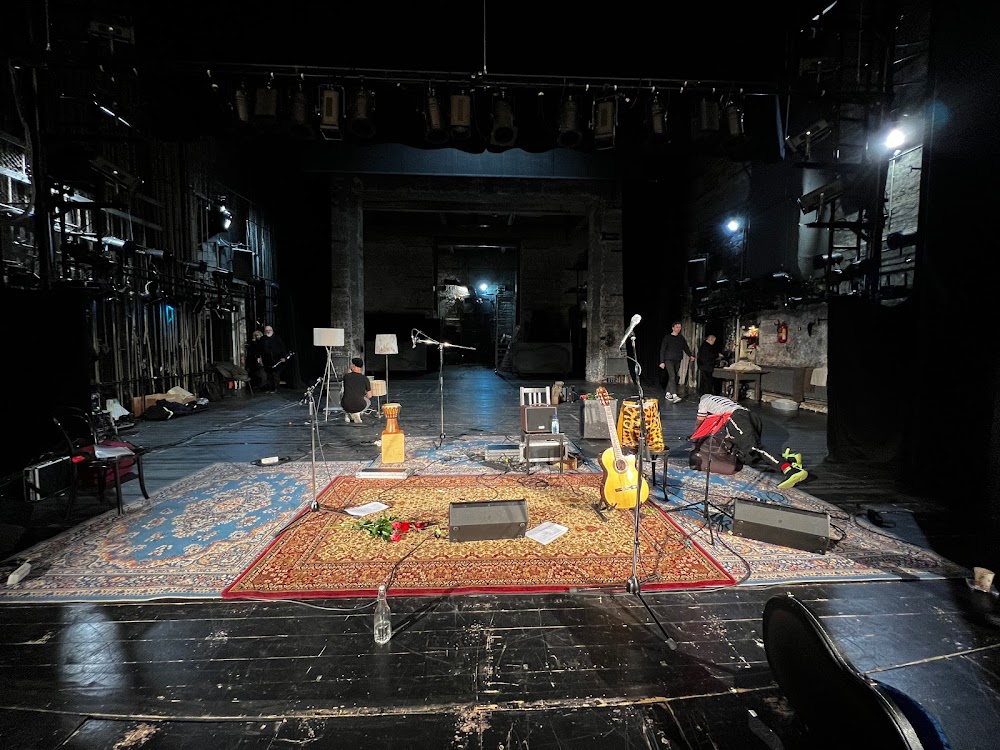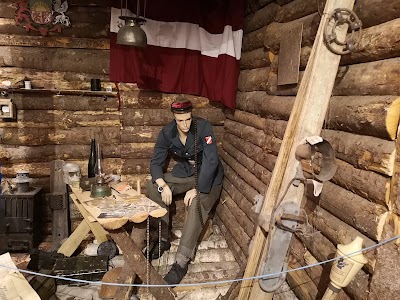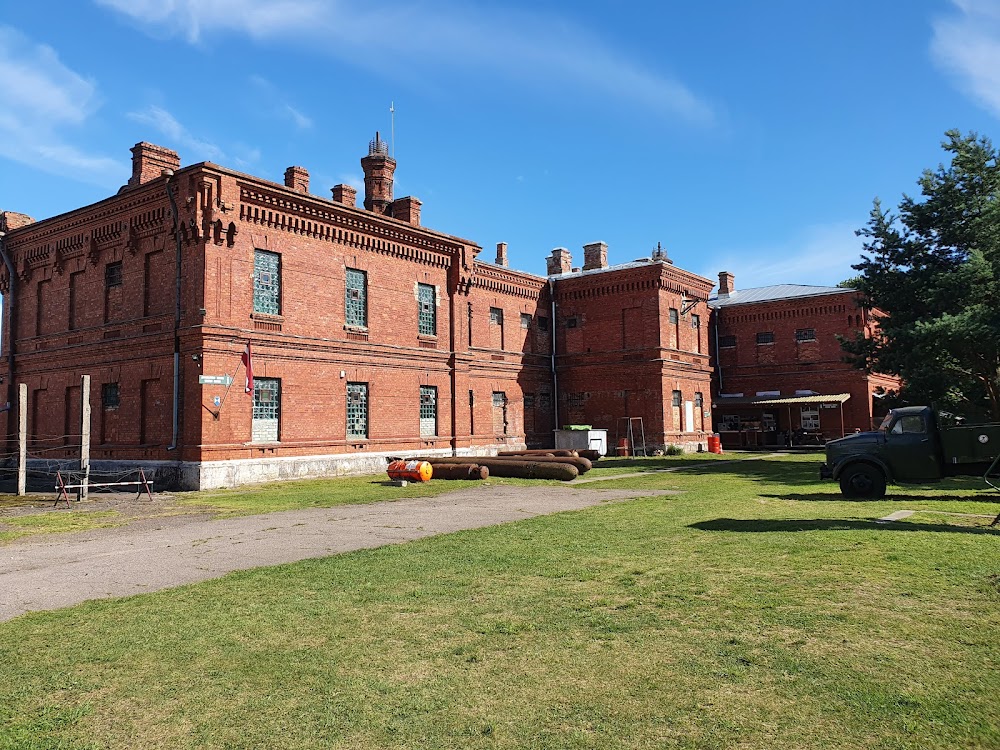Liepāja Theater (Liepājas teātris)
Overview
In the vibrant coastal city of Liepāja, Latvia, lies the historic Liepāja Theatre, a cultural gem with a rich history that dates back to the 19th century. The theater's story began in 1907, sparked by the growing cultural appetite of Liepāja’s residents and the influence of the Latvian national awakening. This enthusiasm for the performing arts ignited the need for a grand space dedicated to artistic expression.
The construction of the theater was approved by the city's governing body, leading to the appointment of architect Paul Max Bertschy for the project. Renowned for his exceptional designs, Bertschy skillfully blended elements of Art Nouveau and Eclecticism to create a visually stunning and acoustically superb structure. Interestingly, the theater was built on the site of the family-friendly Liepāja Pavilion.
By 1910, the theater was completed and opened its doors with an inaugural performance that captivated the local audience. Its striking red-brick façade, adorned with ornate decorations and an inviting entrance, quickly became a beloved landmark. Inside, visitors are greeted by a grand foyer, intricate woodwork, and a lavish auditorium designed in a semi-circle, ensuring that every seat offers a perfect view of the stage.
In its early years, the theater blossomed into a hub for various dramatic and operatic performances. Local and touring companies graced the stage, bringing both literary classics and contemporary works to life. Beyond mere entertainment, Liepāja Theatre became a melting pot of ideas and cultural exchange, fostering a vibrant community that continued to flourish over the decades.
Throughout the tumultuous 20th century, the theater faced multiple challenges, including the hardships brought by both World Wars. The building sustained damage during these turbulent times, necessitating several restoration and renovation efforts to maintain its structural integrity and artistic elegance. In the mid-20th century, upgrades were made to stage machinery and seating arrangements, enhancing audience comfort and experience.
Post-World War II, the theater saw a revival as part of Soviet cultural policy, which emphasized the importance of the arts. During this period, it gained recognition for producing nationally acclaimed performances and nurturing local talent. Notable Latvian playwrights, directors, and actors found a home here, significantly contributing to the theater’s growing reputation.
As the late 20th and early 21st centuries approached, the theater underwent further modernization. Technological upgrades to lighting and sound systems were implemented, ensuring that the theater could meet contemporary production demands. The exterior was also refurbished, preserving its historical charm while incorporating modern elements to adapt to the evolving urban landscape.
Today, Liepāja Theatre remains a cornerstone of Latvian culture, offering a diverse repertoire that includes classical dramas, modern plays, musicals, and children's performances. It is dedicated to fostering local talent and engaging with the community through workshops, educational programs, and festivals celebrating the performing arts.
Visitors to Liepāja Theatre are not only treated to high-quality performances but also become part of a legacy that spans more than a century. Each aspect of the theater, from its architectural beauty to its commitment to the arts, reflects the rich cultural heritage of Liepāja and Latvia as a whole. The theater stands as a testament to the enduring power of storytelling and the arts in bridging communities and promoting cultural understanding.


